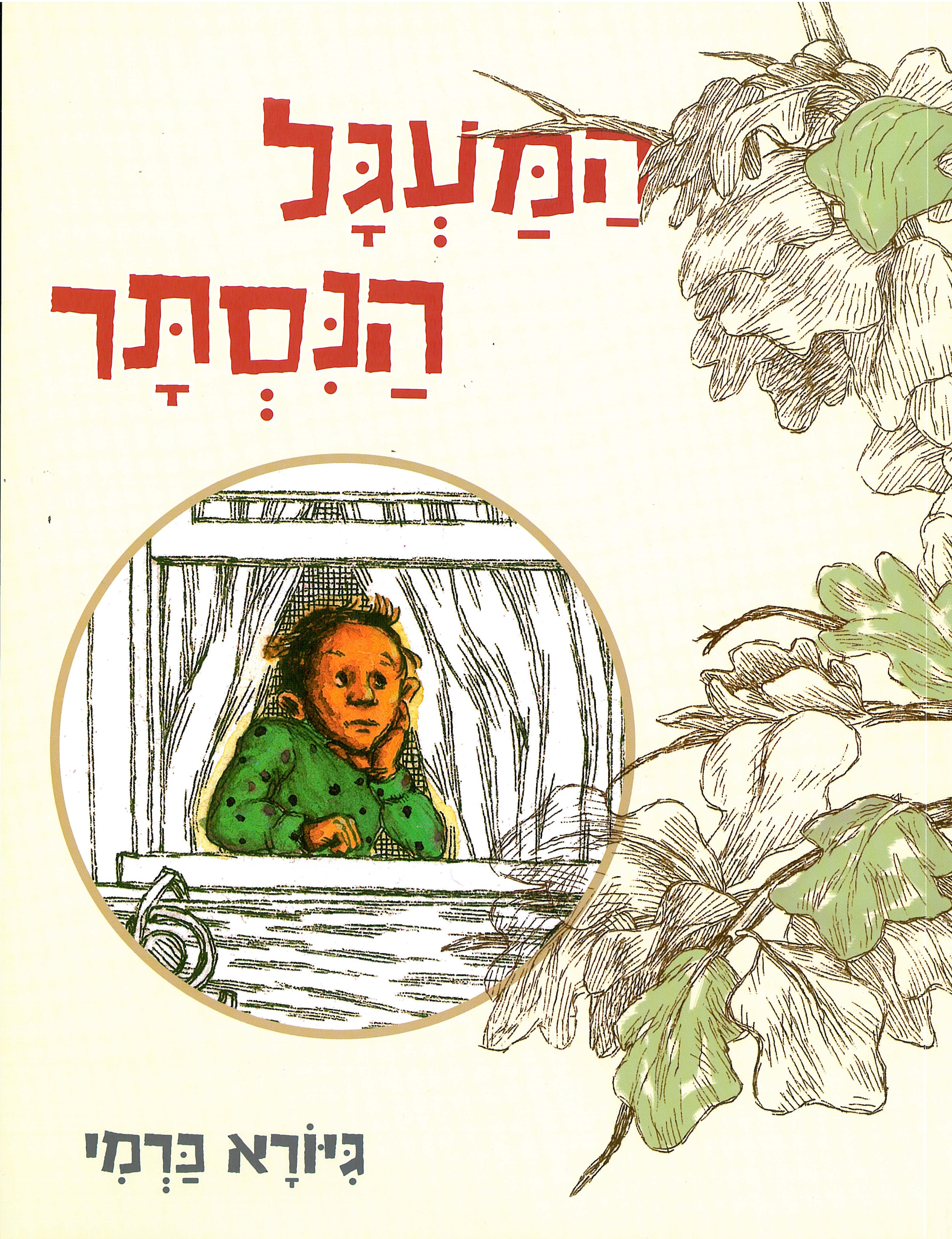המעגל הנסתר / גיורא כרמי
תרגום לרוסית של ההצעות להורים המודפסות בעמודים הראשונים של הספר
Незримый круг Гиора Карми
Дорогие родители!
«Незримый круг» - это рассказ без слов. Иллюстрации Гиора Карми вводят нас в мир, который находится между домом и скамейкой напротив него. Ваши дети могут «прочитать» эти иллюстрации и рассказать рассказ так, как они его поняли. Чтение рассказа по картинкам требует от нас внимания к деталям и создания контекста из последовательности иллюстраций. Такая книжка – это уникальная возможность для детей выразить свое понимание мира. Приятного
«чтения»!
Тайное подаяние
Ребенок, который отдает свой кекс, и человек, который его получает, незнакомы друг с другом, но связь между ними дает начало «незримому кругу» дарения и получения. В книге есть разные формы дарения: открытое и прямое дарение, дарение без ожидания вознаграждения, дарение, при котором получающий даже не знает, что получил подарок. Рамбам различал восемь степеней благотворительности: анонимная помощь – это одна из самых высоких степеней: « дающий пожертвование бедным, (который) не знал, кому дал, и не знал бедный, от кого получил» (Мишне Тора, Законы подарков бедным 10:8) Она нужна, чтобы не унижать берущего.
Занятия в кругу семьи:
Вместе с детьми полистайте книжку и найдите в ней места, где происходит дарение. Когда это дарение открытое, а когда тайное? Обратите внимание на название книжки. Как вы считаете, почему Гиора Карми выбрал это название?
Привлеките внимание ребенка к картинкам, на которых отдельные детали выделены цветом. Как вы считаете, почему иллюстратор выделил именно эти детали?
За выражениями лиц на картинках скрываются чувства ( например, выражение лица ребенка, смотрящего на старика, или выражение лица старика, который ест кекс). Как можно распознать эти чувства?
Можно поиграть с ребенком в игру «Определи чувство» Нарисуйте рожицу (смайлик), выражающую какое-нибудь чувство, и попросите ваших детей угадать его. После этого поменяйтесь ролями и попробуйте угадать чувство, которое представил ваш ребенок.
Найдите в книжке картинку, на которой бедный старик крошит кусочек кекса птичкам. В Талмуде говорится: «Даже бедняк, живущий за счет благотворительности, должен поделиться тем, что получает.» (Гитин, 7-2) В чем логика этой заповеди?
«Незримый круг» - это рассказ об обычных вещах, которые происходят каждый день, и которые близки каждому из нас. В книге «Дварим» (30,14) говорится о заповедях «А весьма близко к тебе слово сие», то есть они происходят прямо возле нас. Это могут быть хорошие дела, которые делают дети. Вместе с детьми вспомните, что-нибудь хорошее, что они сделали или делают, или что кто-то сделал для них и чему они были рады ( например, поделились игрушкой с другом, помогли братьям, сестрам или детям в садике.)
В конце книжки мальчик получает неожиданный и приятный подарок. Нарисуйте вместе большой желтый подсолнух, и на каждом лепестке нарисуйте подарок из рассказа. Как вы думаете, «незримый круг» дарения заканчивается тем, что на окне мальчика вырос подсолнух? Придумайте вместе продолжение рассказа и нарисуйте его.





